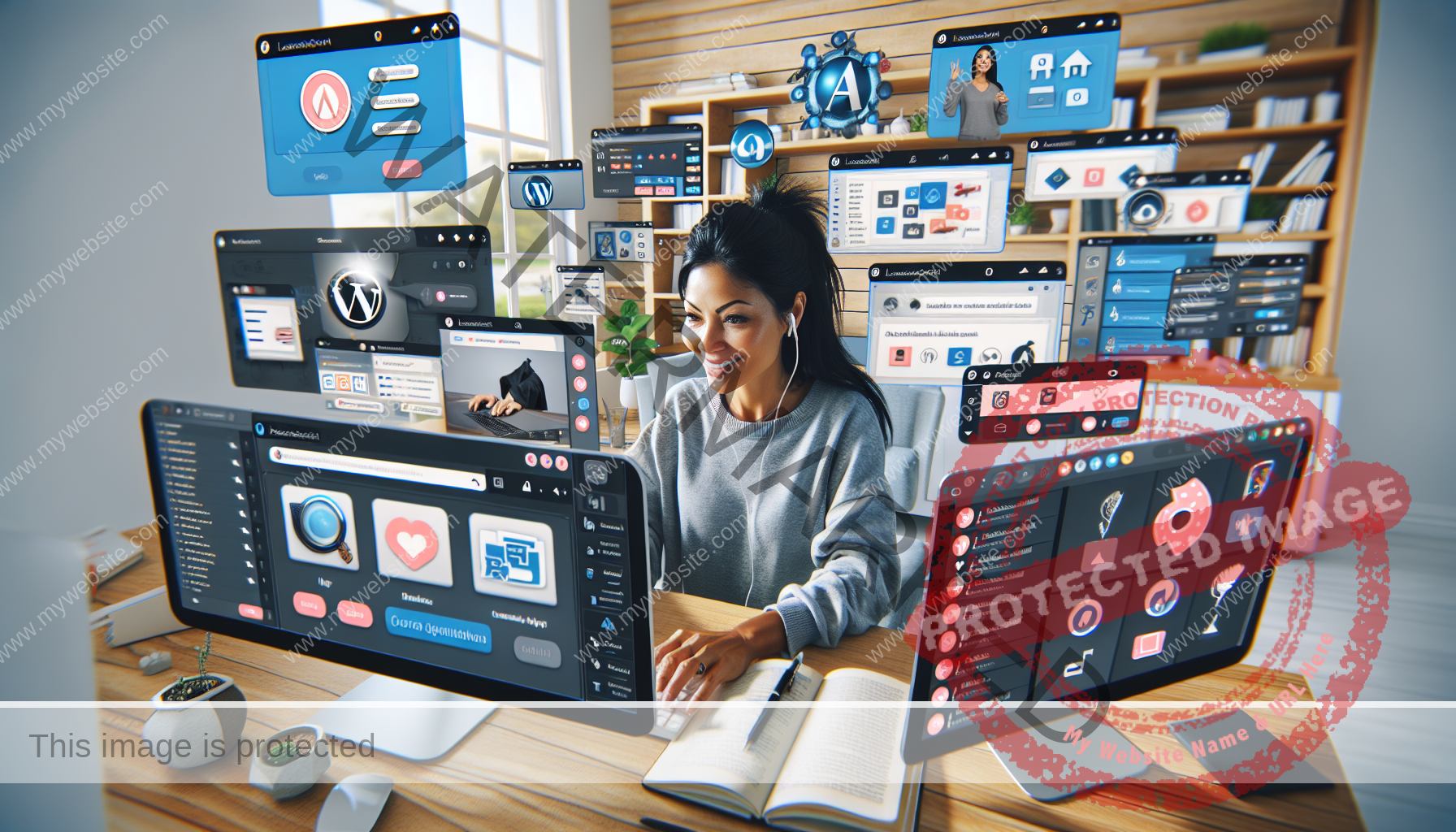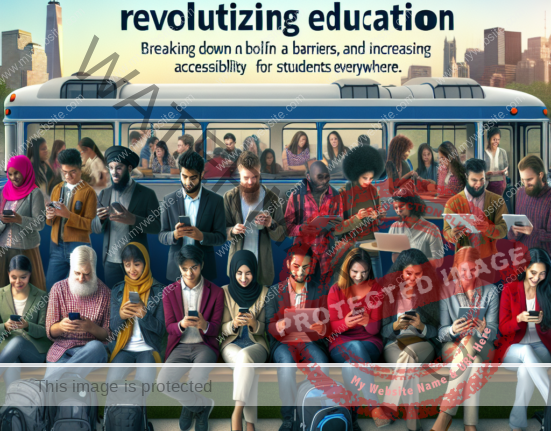The Surge Of Hybrid Work Models: A New Opportunity for L&D Professionals
For eLearning developers, the rise of hybrid work models brings both excitement and challenges for Learning and Development experts. The global transition to remote and hybrid work has reshaped how businesses function, requiring us to adjust our training approaches to cater to a dispersed workforce.
Key Actions:
– Embracing virtual learning platforms is essential. By utilizing Learning Management Systems (LMSs) and collaboration tools, we can provide training to employees, regardless of their location. Ensuring mobile-friendly content is crucial for easy accessibility in a hybrid work setting.
– Prioritizing digital collaboration skills is critical. As hybrid work heavily relies on digital tools, training employees on effective virtual collaboration is vital. This includes mastering communication platforms, project management tools, and team collaboration software.
– Integrating both in-person and online learning can accommodate the varied schedules of a hybrid workforce. Offering a mix of real-time and self-paced learning experiences allows employees the flexibility to choose how and when they learn, fostering engagement and adaptability.
By embracing the shift towards hybrid work models, Learning and Development professionals can deliver adaptable and relevant learning experiences that resonate with the modern workplace. This is an exciting time to discover innovative methods to engage learners in this new work era.
Skills Required for a Digital-First Environment: Upskilling and Reskilling
In a digital-first world, focusing on upskilling and reskilling is crucial for organizations. As eLearning developers, our role is pivotal in crafting comprehensive programs to equip employees for the future. With automation, Artificial Intelligence (AI), and other technologies transforming job roles, identifying skills gaps and offering personalized learning paths is imperative.
Key Steps:
– Conducting a skills gap analysis to identify future skill requirements is the initial step. It is crucial to pinpoint skills such as digital literacy, data analysis, AI, and cybersecurity that employees will need in the future.
– Crafting personalized learning paths tailored to each employee’s unique development needs enhances engagement and allows individuals to progress at their preferred pace.
– Utilizing AI and Machine Learning to suggest learning content based on employee preferences, performance, and future role demands is beneficial. These tools can also monitor progress and adjust learning paths in real-time.
By proactively addressing skills gaps and preparing employees for upcoming roles, Learning and Development professionals can ensure that the workforce is ready to adapt to technological changes and stay competitive in a digital-first world.
The Influence of Emerging Technologies on Learning: Enhancing L&D Strategies
As an eLearning developer, I am enthusiastic about the impact of emerging technologies such as Artificial Intelligence, Virtual Reality (VR), and Augmented Reality (AR) on transforming the learning process for employees. These technologies offer immersive and interactive learning experiences that simulate real-world scenarios, making training more engaging and effective.
Key Actions:
– Implementing AI-driven learning platforms can personalize content, offer recommendations, and deliver real-time feedback, enhancing the learning experience and outcomes.
– Using VR and AR for immersive training enables employees to practice skills in simulated environments, particularly beneficial for industries requiring hands-on experience.
– Incorporating gamification elements like leaderboards, rewards, and challenges can boost engagement in training programs, making learning enjoyable and motivating employees to actively participate.
By integrating these emerging technologies into Learning and Development strategies, we can create dynamic and impactful learning experiences that better equip employees for the future of work. This is an exciting time to explore innovative ways to engage learners and enhance their learning experiences through cutting-edge technologies.
If you want to delve deeper into this topic, you can visit the source here: Trends In Learning And Development Shaping The Future Of Work
















